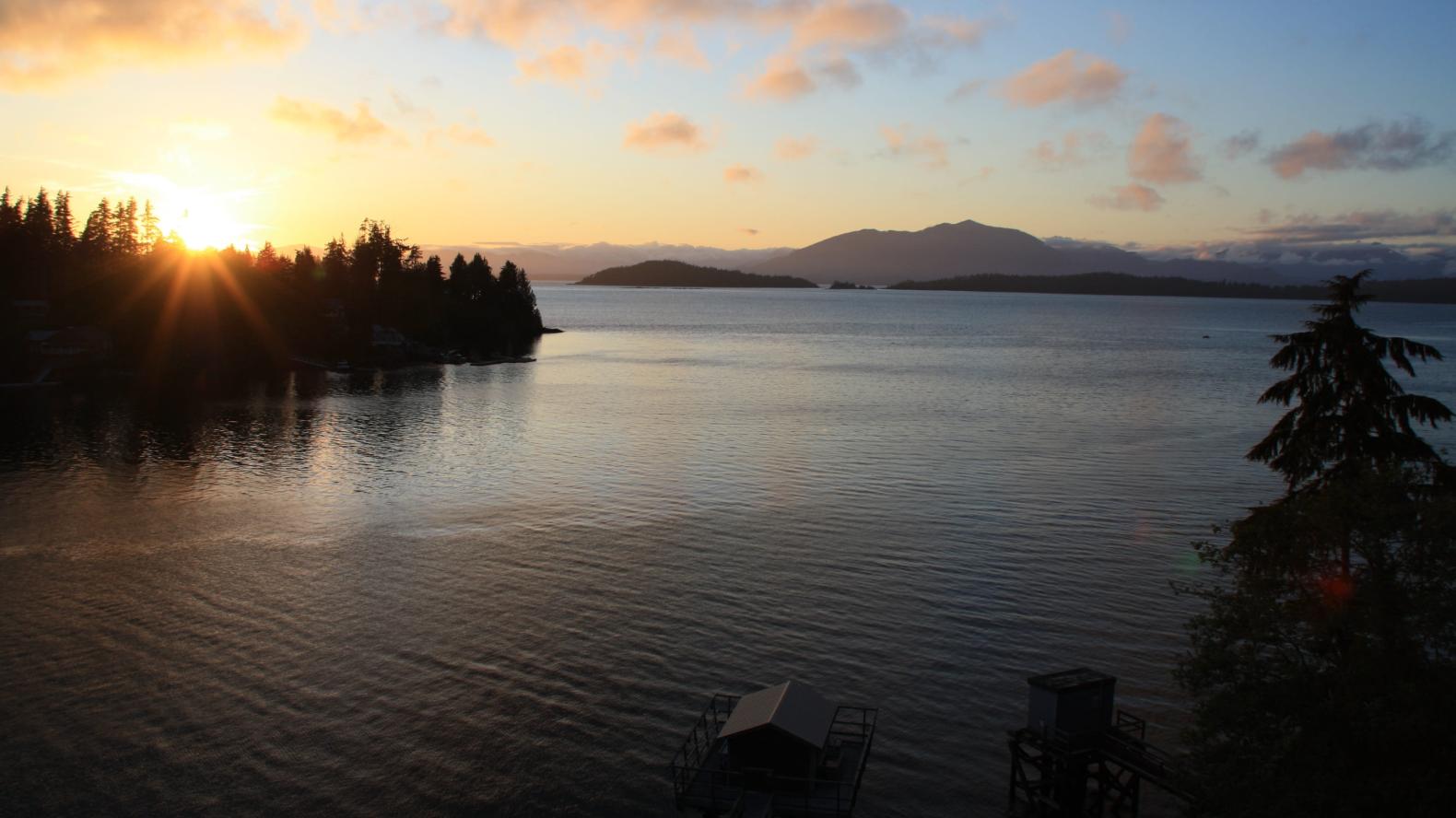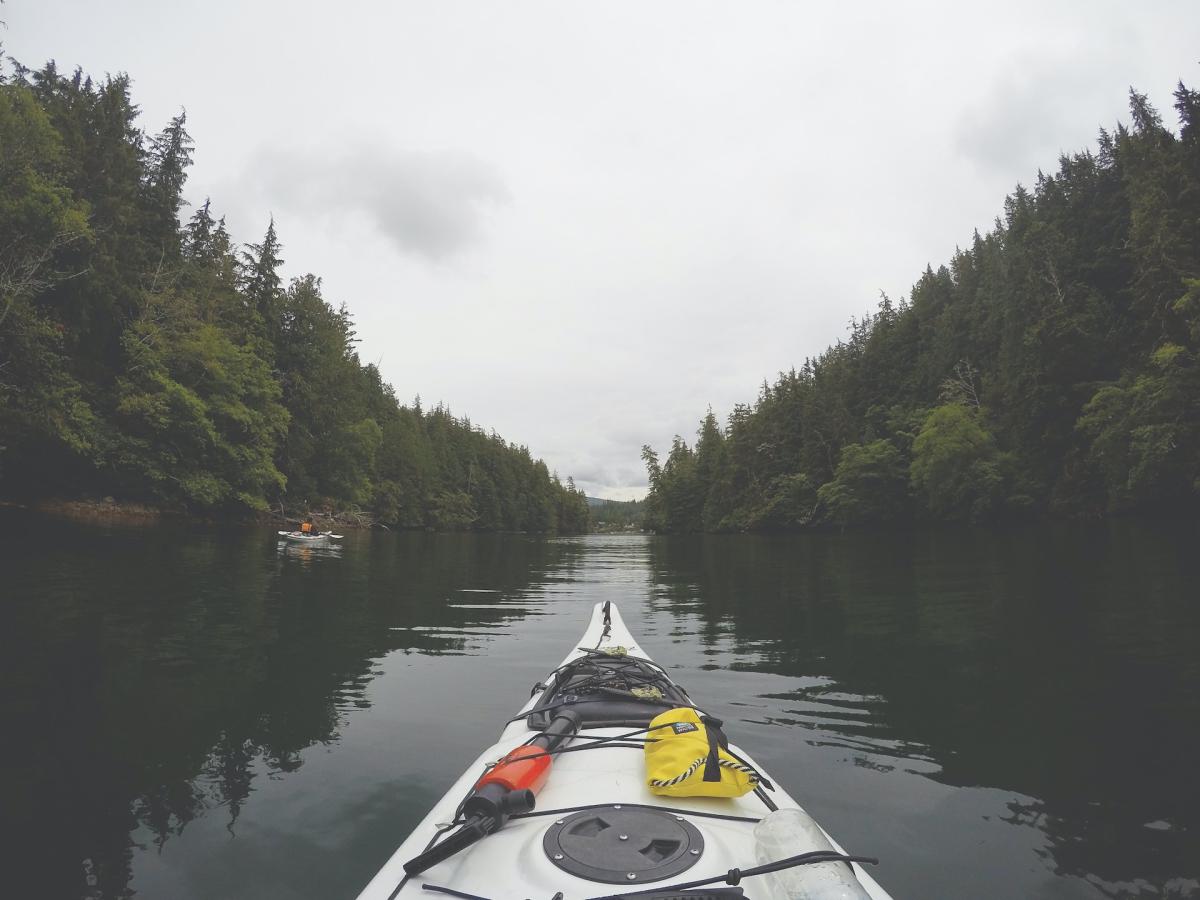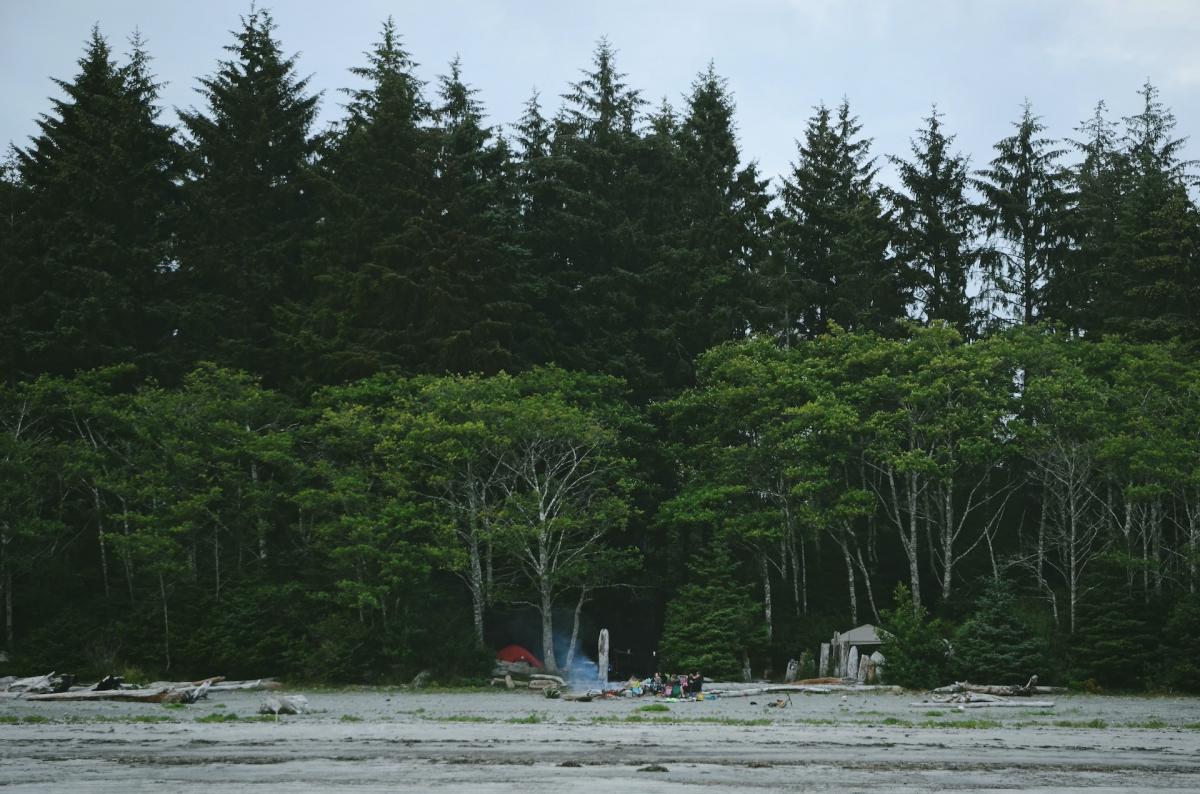
Located on the west coast of Vancouver Island, Bamfield is a small coastal community originally inhabited by Huu-ay-aht First Nations, who remain an integral presence in the community.

Student teams used collaborative design methods integrated with sustainable forest management ideas to develop a design vision for new kayak and canoe storage facilities, and an elevated boardwalk through a fragile bog ecosystem.
The proposed trails and boat storage facilities will improve access for local community members and visitors alike to the unique ecosystems of the coastal fog zone, including the Broken Group Islands, a popular sea kayaking destination, and the West Coast Trail, whose northern terminus is in Bamfield.
The boathouse and elevated boardwalk were constructed from timber sustainably harvested from the Bamfield Huu-ay-aht Community Forest, a 365 hectare preserve located adjacent to the town.
The innovative hands-on pedagogical approach created reciprocal relationships between forestry practices and design of a local project, reframing the relationship of architectural materials to the forest ecologies from which they are harvested, while training architects and foresters to use sustainably harvested resources to build social and environmental equity.
